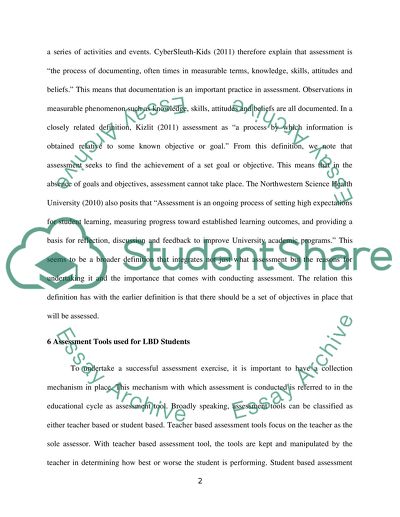Cite this document
(“Function of 6 Standardized Assessment Tools Utilized with LBD Students Research Paper”, n.d.)
Retrieved from https://studentshare.org/education/1430885-function-of
Retrieved from https://studentshare.org/education/1430885-function-of
(Function of 6 Standardized Assessment Tools Utilized With LBD Students Research Paper)
https://studentshare.org/education/1430885-function-of.
https://studentshare.org/education/1430885-function-of.
“Function of 6 Standardized Assessment Tools Utilized With LBD Students Research Paper”, n.d. https://studentshare.org/education/1430885-function-of.


